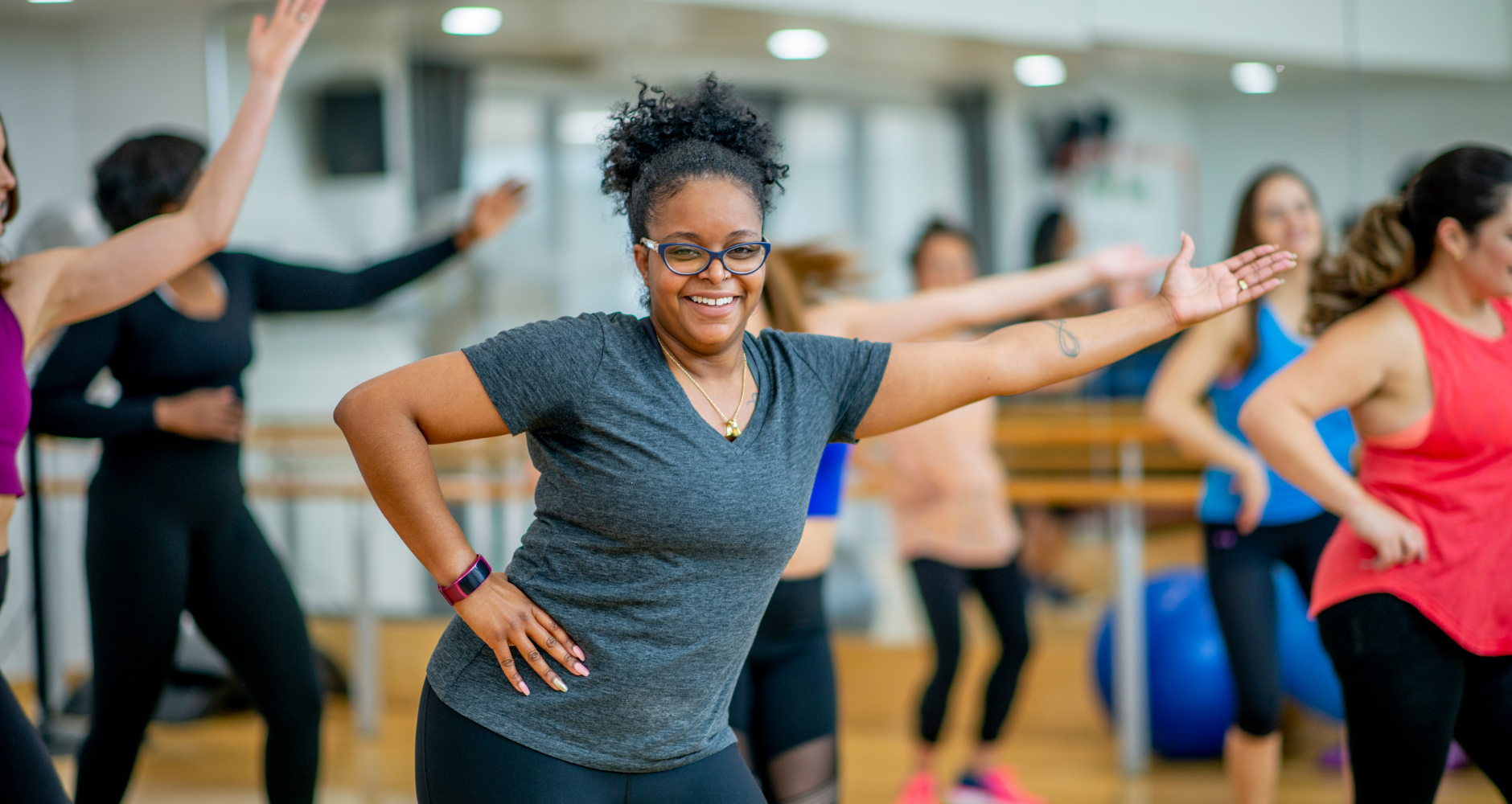What is the difference between Rheumatoid Arthritis (RA) and Osteoarthritis (OA)
Rheumatoid arthritis (RA) and osteoarthritis (OA) are two prevalent forms of arthritis, each with distinct pathophysiological mechanisms and implications for physiotherapy treatment. Understanding these differences is crucial for physiotherapists in developing effective treatment plans tailored to individual patient needs.
Overview of Rheumatoid Arthritis and Osteoarthritis
Rheumatoid Arthritis
Rheumatoid arthritis is an autoimmune condition characterised by chronic inflammation of the joints, which can lead to joint damage and systemic effects (Firestein et al., 2015). It typically presents symmetrically, affecting multiple joints, and is often accompanied by morning stiffness lasting more than 30 minutes (Scott et al., 2010). Patients with RA may also experience fatigue, fever, and malaise (Smolen et al., 2016).
Osteoarthritis
In contrast, osteoarthritis is primarily a degenerative joint disease resulting from wear and tear on the joints, leading to cartilage breakdown and changes in the underlying bone (D’Agostino et al., 2016). It commonly affects weight-bearing joints such as the knees, hips, and spine, and is characterised by pain that worsens with activity and improves with rest (Kellgren & Lawrence, 1952).

Treatment Goals
In physiotherapy, the goals for managing RA and OA differ significantly. For RA, the primary focus is on reducing inflammation and preserving joint function (Burgos-Vargas et al., 2015). In contrast, physiotherapy for OA emphasises pain management, improving joint mobility, and enhancing physical function through tailored exercise programs (Fransen et al., 2015).
Exercise Considerations
Rheumatoid Arthritis:
For patients with RA, exercise should be carefully monitored and may include low-impact activities such as swimming or cycling. Physiotherapists often employ range-of-motion exercises to maintain joint flexibility, alongside strengthening exercises to counteract muscle wasting due to inactivity (Bennell et al., 2011).
Osteoarthritis:
In OA, exercise is crucial for managing symptoms and improving quality of life. Evidence suggests that strengthening and aerobic exercises can significantly reduce pain and enhance function (Fransen et al., 2015). Physiotherapists may recommend weight loss strategies for overweight patients, as this can alleviate pressure on the affected joints (Benson et al., 2019).

Manual Therapy
Manual therapy techniques can also differ between the two conditions. In RA, joint mobilisations may be used cautiously during periods of disease activity, focusing on gentle techniques to alleviate pain and stiffness (López-Olivo et al., 2014). Conversely, in OA, manual therapy can be more aggressively applied to improve joint function and reduce stiffness (Beech et al., 2013).
Patient Education
Patient education is vital in both conditions but focuses on different aspects. In RA, education often emphasises the importance of medication adherence and recognising flare-up signs (Harrison et al., 2017). For OA, patients are educated on self-management strategies, including weight management and activity modification to prevent exacerbation of symptoms (Hawker et al., 2008).
Conclusion
In summary, while both rheumatoid arthritis and osteoarthritis present significant challenges for patients and healthcare providers, the physiotherapy approach must be tailored to the specific characteristics and needs of each condition. Understanding the differences in pathophysiology, treatment goals, and exercise considerations enables physiotherapists to provide effective, evidence-based care that enhances patient outcomes.



